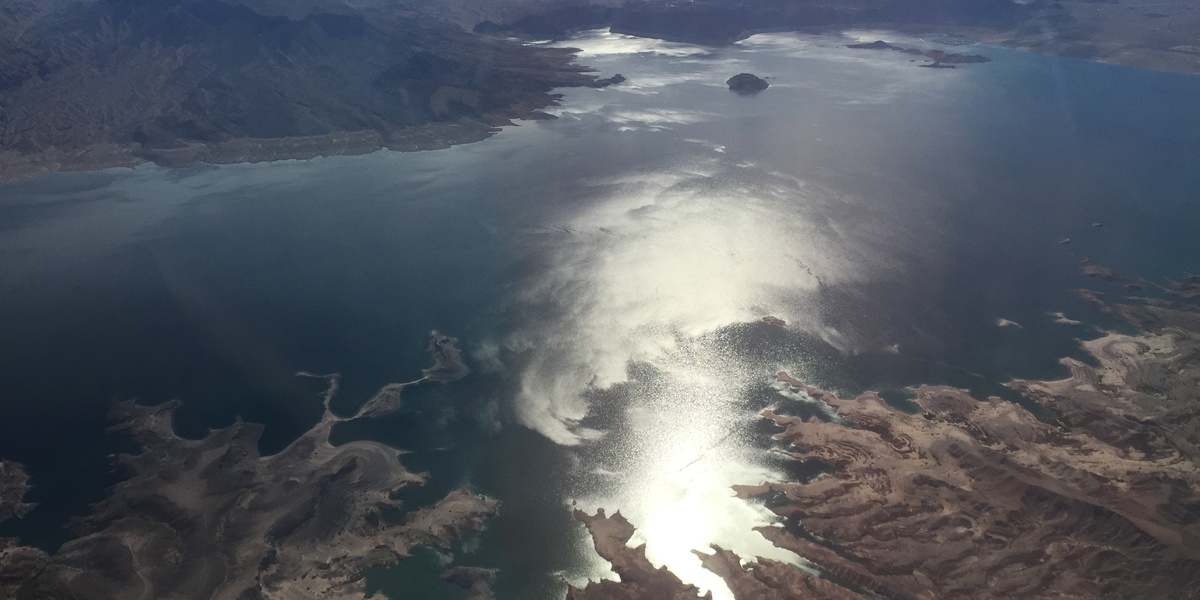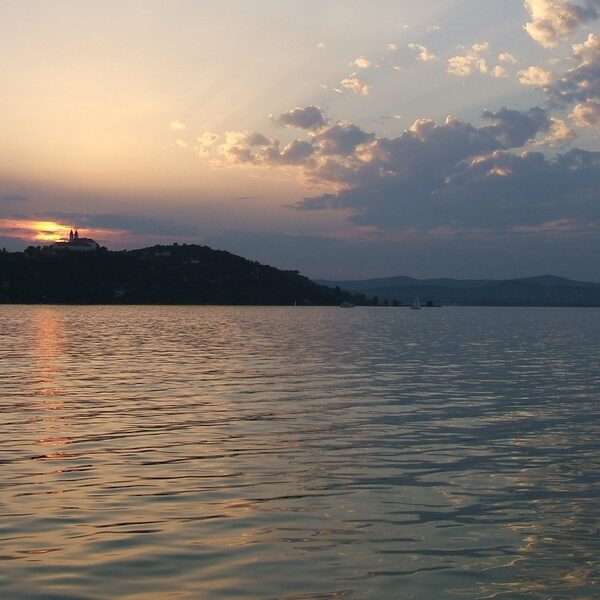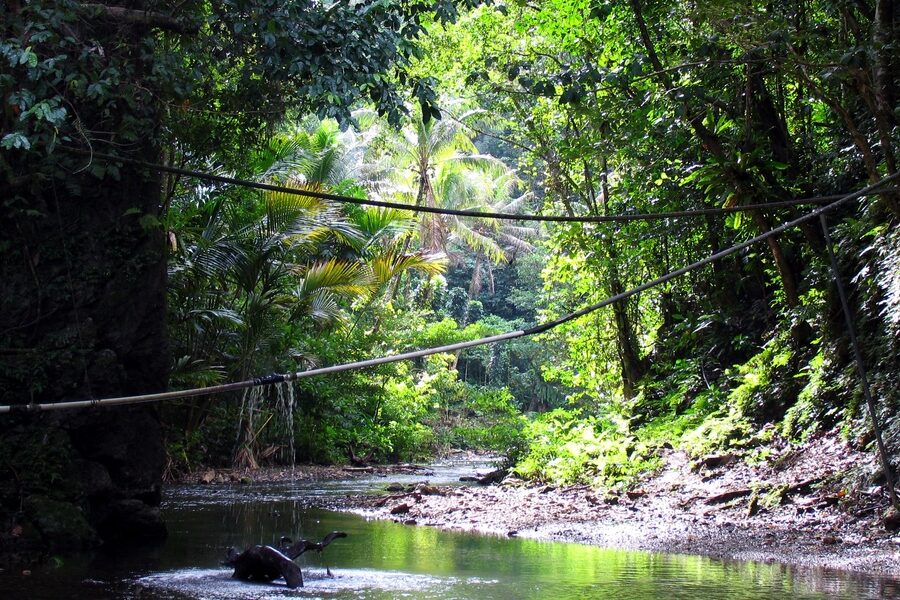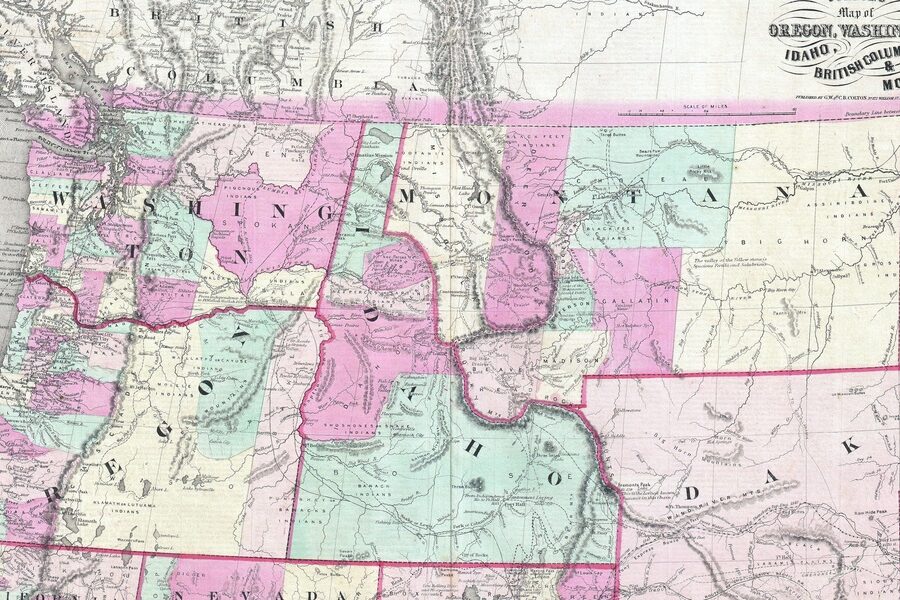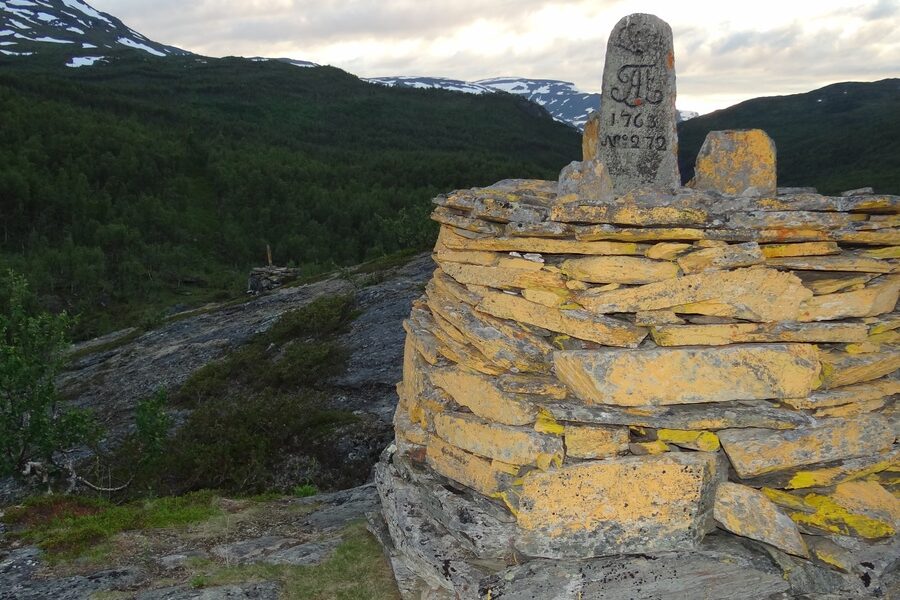Shallow lakes occupy a curious place on the map: neither quite wetlands nor deep basins, they respond quickly to weather, sediment and human change. Around the world they offer useful indicators of local hydrology and can shift in size and depth from year to year.
There are 14 Most Shallow Lakes in the World, ranging from Laguna de Leche to South Aral Sea (Eastern Basin). For each lake, you’ll find below the entries organized as Country/Region,Surface area (km2),Mean depth (m) so you can compare location, size and typical depth — you’ll find below.
How is “mean depth” determined for these shallow lakes?
Mean depth is typically calculated from bathymetric surveys or depth sampling across the basin and dividing total volume by surface area; for very shallow lakes that fluctuate, reported mean depth is often an average of recent surveys or seasonal measurements and can change with droughts or floods.
What causes a lake to become unusually shallow or vanish?
Shallowing usually comes from increased evaporation, sediment inflow, reduced inflow from rivers or groundwater, and human activities like diversion or extraction; climate variability and land-use change accelerate these trends and can convert lakes to marshes or dry beds over time.
Most Shallow Lakes in the World
| Name | Country/Region | Surface area (km2) | Mean depth (m) |
|---|---|---|---|
| Lake Tyrrell | Australia | 208 | 0.5 |
| Lake Cuitzeo | Mexico | 350 | 0.75 |
| Lake Tåkern | Sweden | 44 | 0.8 |
| Lake Neusiedl | Austria / Hungary | 315 | 1.0 |
| Lake Albert | Australia | 168 | 1.0 |
| South Aral Sea (Eastern Basin) | Uzbekistan / Kazakhstan | 1,000 | 1.0 |
| Lake Urmia | Iran | 2,000 | 1.0 |
| Lake Drużno | Poland | 18 | 1.2 |
| Lake Chad | Chad, Cameroon, Niger, Nigeria | 1,540 | 1.5 |
| Lake Istokpoga | United States (Florida) | 112 | 1.5 |
| Lake Hornborga | Sweden | 28 | 1.5 |
| Manyas Lake (Kuş Gölü) | Turkey | 166 | 1.65 |
| Lake Chilwa | Malawi | 1,750 | 2.0 |
| Laguna de Leche | Cuba | 67 | 2.0 |
Images and Descriptions
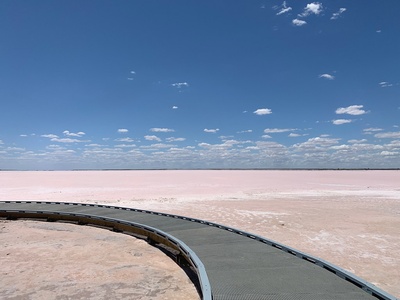
Lake Tyrrell
Australia’s largest salt lake is an ephemeral wonder, often a dry salt pan but shallowly flooded after rains. When it holds water, its mean depth is barely half a meter. Geological surveys note its importance for unique reflective scenery.
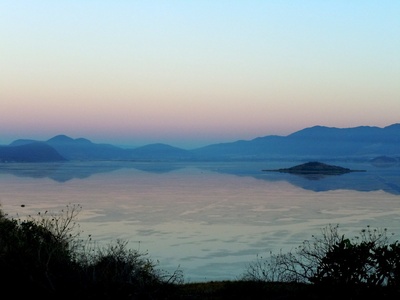
Lake Cuitzeo
This high-altitude tropical lake is Mexico’s second largest but exceptionally shallow. Hydrological studies state its mean depth is under one meter, and it faces severe threats from water diversion that impact its unique ecosystem and local communities.
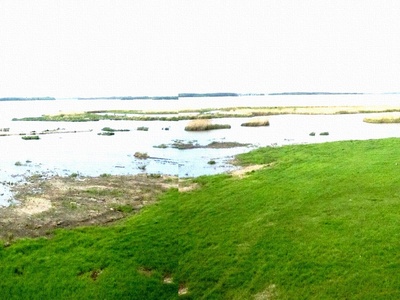
Lake Tåkern
A restored wetland and one of Northern Europe’s most important bird sanctuaries. After being lowered in the 19th century, its average depth is now a mere 0.8 meters according to Swedish environmental agencies, creating an ideal habitat for breeding waterfowl.
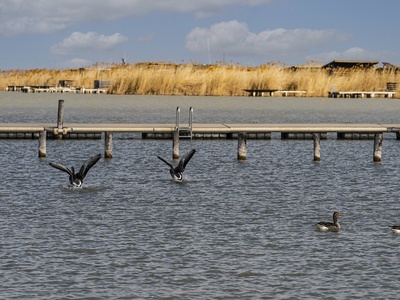
Lake Neusiedl
This UNESCO World Heritage site is Central Europe’s largest endorheic lake. Its extreme shallowness and vast reed beds create a vital habitat for migratory birds. The depth is so uniform you can often walk across it, as documented by hydrological surveys.
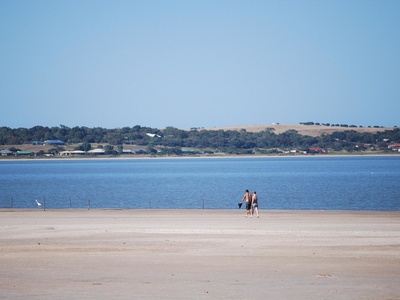
Lake Albert
Part of the Murray River’s terminal lakes in South Australia, this freshwater body is managed at an extremely shallow level. Government water authorities report its average depth is maintained around 1.0 meter, supporting a unique ecosystem but facing salinity threats.
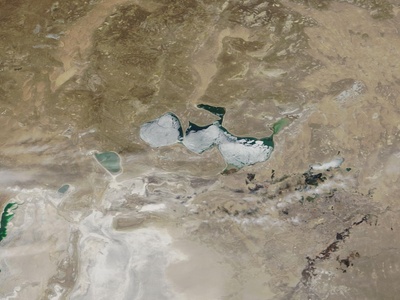
South Aral Sea (Eastern Basin)
A tragic remnant of the once-mighty Aral Sea, this basin is now a hyper-saline, shallow body of water when not completely dry. Hydrological analyses of the remnant lake show a mean depth of around 1.0 meter, a ghost of its former self.
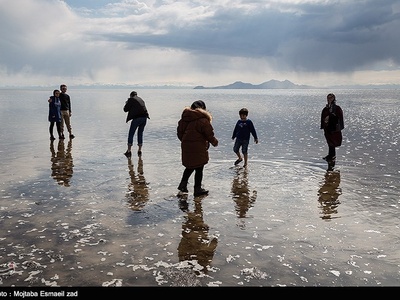
Lake Urmia
Formerly one of the world’s largest saltwater lakes, this UNESCO Biosphere Reserve has shrunk catastrophically. Recent satellite and hydrological data confirm its mean depth has fallen to about one meter, transforming the landscape and creating vast salt flats.
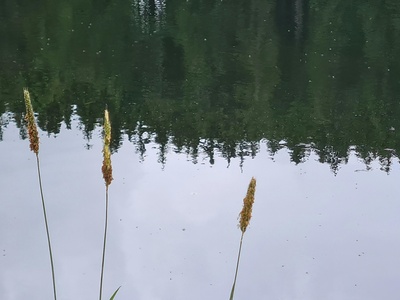
Lake Drużno
A Polish nature reserve and UNESCO Biosphere, this lake is slowly transitioning into a marsh. It’s an overgrown, shallow body of water with an average depth of just 1.2 meters according to national environmental data, making it a paradise for nesting birds.
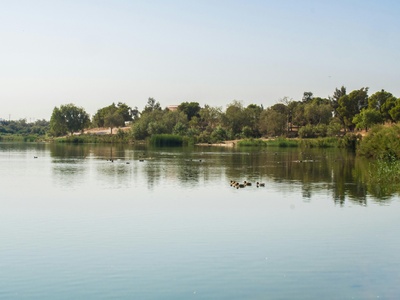
Lake Chad
Once one of the world’s largest lakes, it has shrunk dramatically. Its depth is highly variable and depends on rainfall in its basin. Hydrological reports cite a modern average depth of around 1.5 meters in its remaining southern pool, making it critical for millions.

Lake Istokpoga
A large freshwater lake in Florida renowned for its fishing. Despite its size, it is remarkably shallow, with an average depth of just 1.5 meters based on data from Florida’s wildlife commission. Its dark, tannin-stained waters host abundant aquatic vegetation.
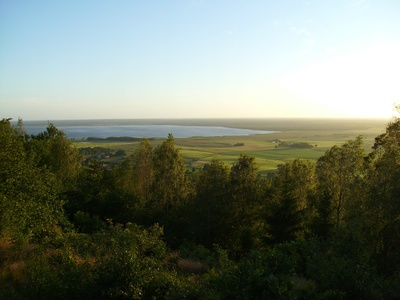
Lake Hornborga
Famous for its thousands of dancing cranes, this Swedish lake is a celebrated nature restoration success story. Previously drained for farmland, its water level was raised, and it now maintains a stable mean depth of 1.5 meters, based on restoration monitoring reports.
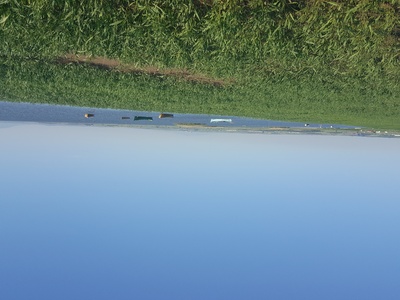
Manyas Lake (Kuş Gölü)
Known as “Bird Lake” in Turkey, this is a crucial bird sanctuary and Ramsar site. Limnological surveys document its mean depth at approximately 1.65 meters. This shallowness supports rich reed beds and provides a key stopover for countless migratory birds.
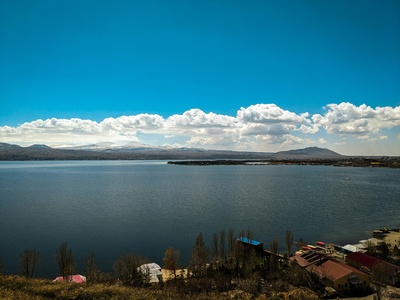
Lake Chilwa
Located in Malawi, this saline, alkaline lake has no outlet and its water level fluctuates wildly with rainfall. According to limnological studies, its mean depth is around 2.0 meters, making it highly sensitive to climate change and a vital local fishery.
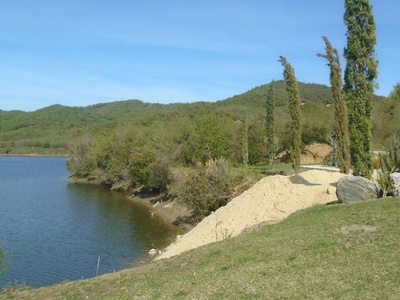
Laguna de Leche
Cuba’s largest natural lake, its name “Lake of Milk” comes from shoreline limestone deposits that give the water a cloudy, white appearance. Cuban geographical surveys indicate its average depth is about 2.0 meters, supporting a significant local tilapia fishery.

